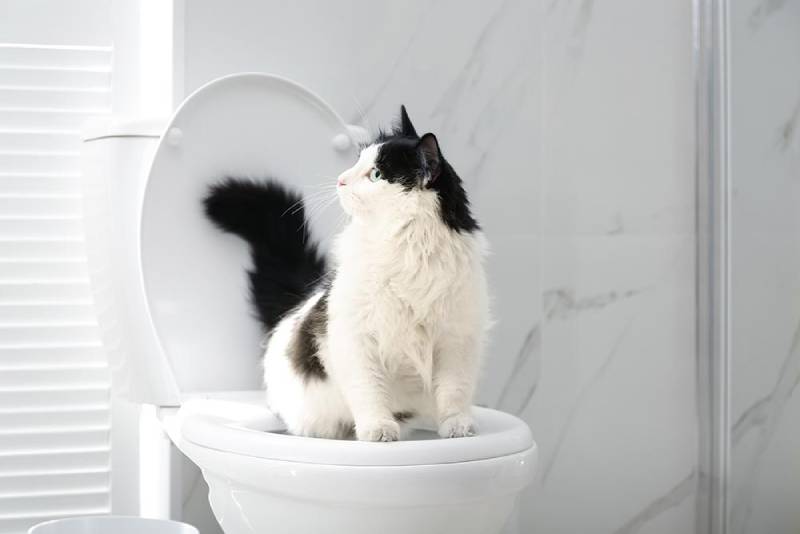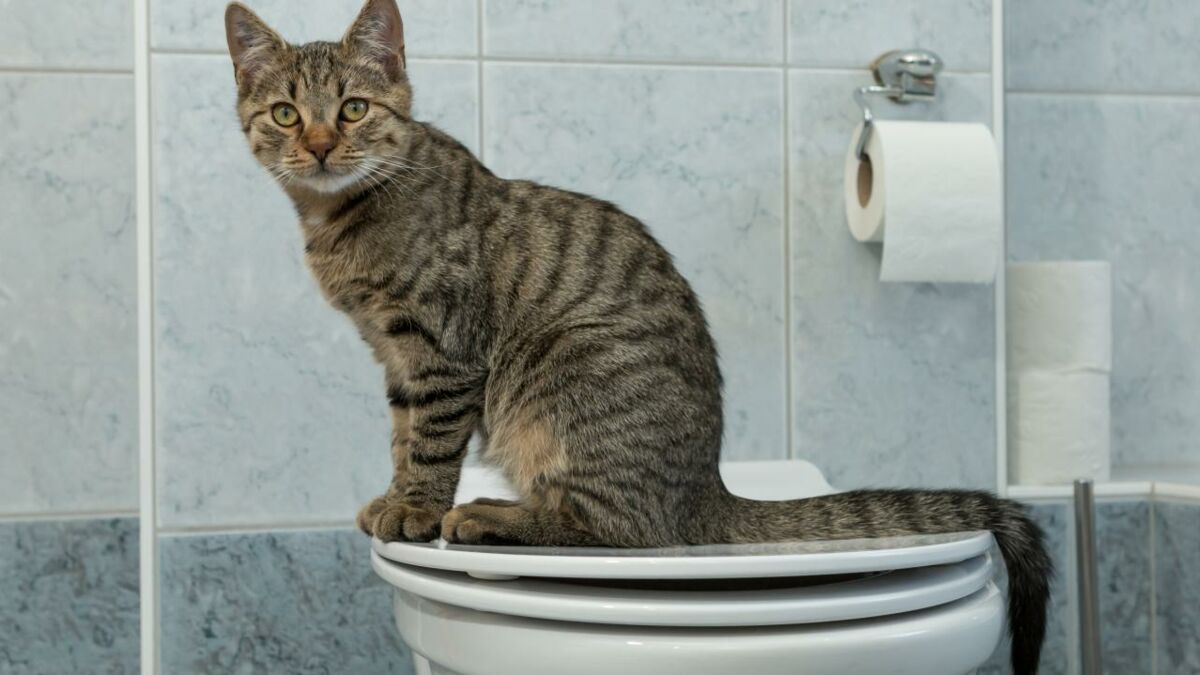Why You Should Never Flush Cat Poop Down Your Toilet - Critical Facts
Why You Should Never Flush Cat Poop Down Your Toilet - Critical Facts
Blog Article
The writer is making a number of good pointers regarding Can You Flush Cat Poo or Litter Down the Toilet? in general in the content following next.

Intro
As cat owners, it's necessary to be mindful of just how we get rid of our feline pals' waste. While it may appear practical to flush feline poop down the toilet, this technique can have destructive effects for both the setting and human health.
Alternatives to Flushing
Luckily, there are more secure and much more responsible means to get rid of pet cat poop. Take into consideration the adhering to choices:
1. Scoop and Dispose in Trash
One of the most typical method of getting rid of cat poop is to scoop it into a naturally degradable bag and throw it in the trash. Be sure to use a committed litter inside story and take care of the waste promptly.
2. Use Biodegradable Litter
Choose biodegradable cat clutter made from materials such as corn or wheat. These clutters are environmentally friendly and can be safely gotten rid of in the garbage.
3. Hide in the Yard
If you have a backyard, think about hiding cat waste in an assigned location away from vegetable yards and water sources. Make certain to dig deep adequate to avoid contamination of groundwater.
4. Install a Pet Waste Disposal System
Buy a pet dog waste disposal system specifically created for feline waste. These systems utilize enzymes to break down the waste, minimizing smell and environmental influence.
Wellness Risks
In addition to ecological concerns, flushing cat waste can likewise present health dangers to humans. Feline feces may include Toxoplasma gondii, a bloodsucker that can trigger toxoplasmosis-- a potentially serious ailment, particularly for expecting women and people with weakened immune systems.
Ecological Impact
Purging feline poop introduces hazardous microorganisms and bloodsuckers right into the water system, positioning a significant risk to aquatic environments. These contaminants can adversely affect aquatic life and compromise water high quality.
Conclusion
Responsible family pet possession extends past supplying food and sanctuary-- it also includes appropriate waste management. By refraining from flushing cat poop down the bathroom and going with different disposal approaches, we can lessen our ecological footprint and shield human health and wellness.
Why Can’t I Flush Cat Poop?
It Spreads a Parasite
Cats are frequently infected with a parasite called toxoplasma gondii. The parasite causes an infection called toxoplasmosis. It is usually harmless to cats. The parasite only uses cat poop as a host for its eggs. Otherwise, the cat’s immune system usually keeps the infection at low enough levels to maintain its own health. But it does not stop the develop of eggs. These eggs are tiny and surprisingly tough. They may survive for a year before they begin to grow. But that’s the problem.
Our wastewater system is not designed to deal with toxoplasmosis eggs. Instead, most eggs will flush from your toilet into sewers and wastewater management plants. After the sewage is treated for many other harmful things in it, it is typically released into local rivers, lakes, or oceans. Here, the toxoplasmosis eggs can find new hosts, including starfish, crabs, otters, and many other wildlife. For many, this is a significant risk to their health. Toxoplasmosis can also end up infecting water sources that are important for agriculture, which means our deer, pigs, and sheep can get infected too.
Is There Risk to Humans?
There can be a risk to human life from flushing cat poop down the toilet. If you do so, the parasites from your cat’s poop can end up in shellfish, game animals, or livestock. If this meat is then served raw or undercooked, the people who eat it can get sick.
In fact, according to the CDC, 40 million people in the United States are infected with toxoplasma gondii. They get it from exposure to infected seafood, or from some kind of cat poop contamination, like drinking from a stream that is contaminated or touching anything that has come into contact with cat poop. That includes just cleaning a cat litter box.
Most people who get infected with these parasites will not develop any symptoms. However, for pregnant women or for those with compromised immune systems, the parasite can cause severe health problems.
How to Handle Cat Poop
The best way to handle cat poop is actually to clean the box more often. The eggs that the parasite sheds will not become active until one to five days after the cat poops. That means that if you clean daily, you’re much less likely to come into direct contact with infectious eggs.
That said, always dispose of cat poop in the garbage and not down the toilet. Wash your hands before and after you clean the litter box, and bring the bag of poop right outside to your garbage bins.
https://trenchlesssolutionsusa.com/why-cant-i-flush-cat-poop/

Do you appreciate reading up on How to Dispose of Cat Poop and Litter Without Plastic Bags? Give a remark further down. We will be glad to find out your insights about this entry. We hope that you visit us again before long. Enjoyed our review? Please share it. Let other people discover it. Thank you for going through it.
Click Here Report this page